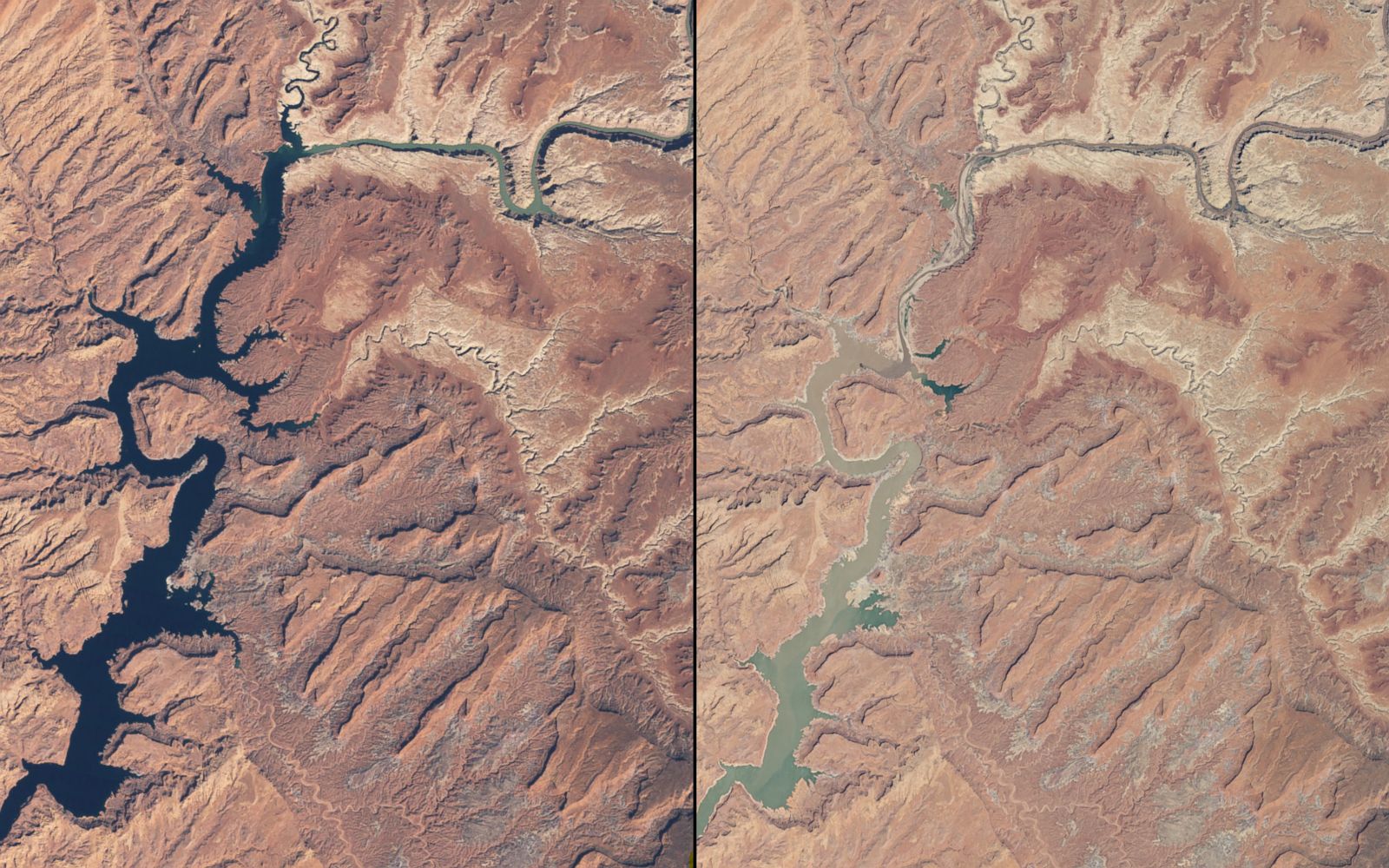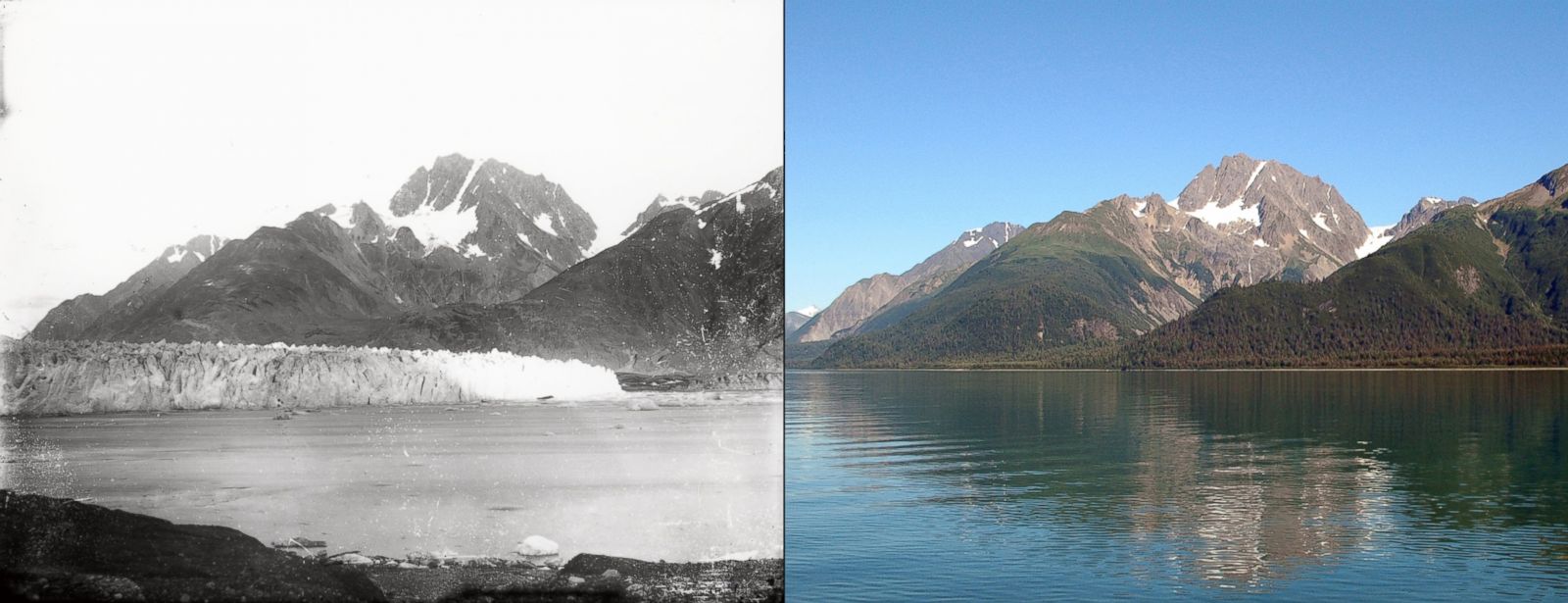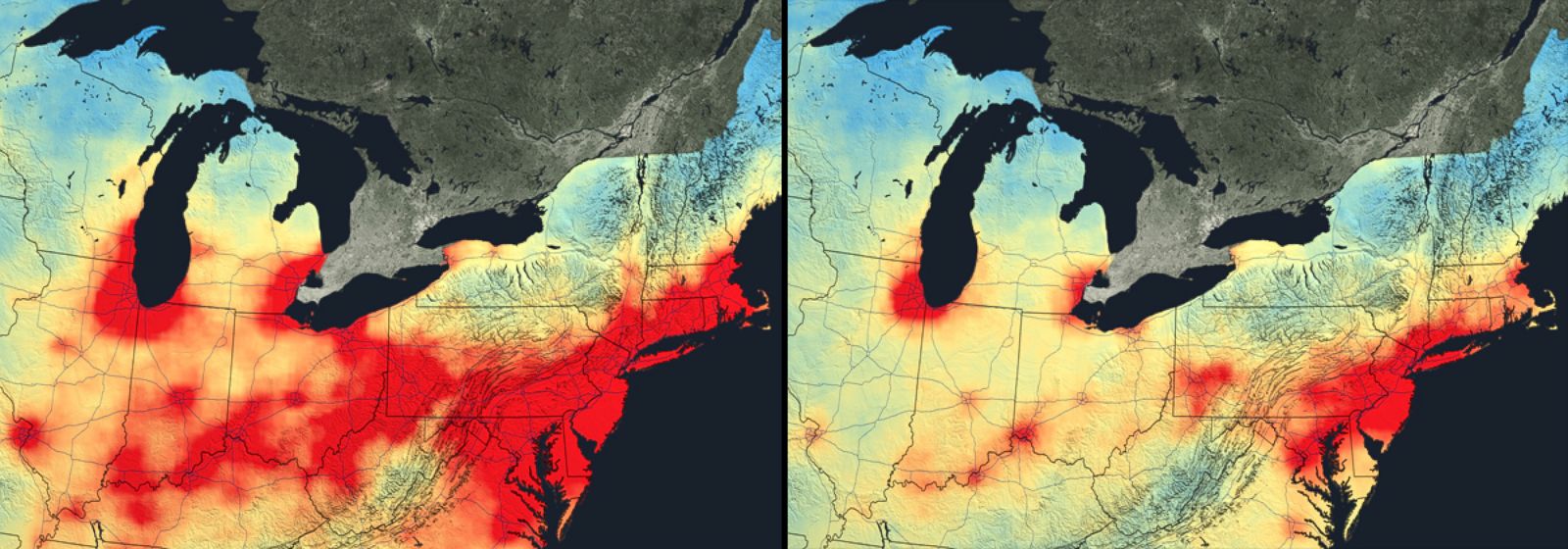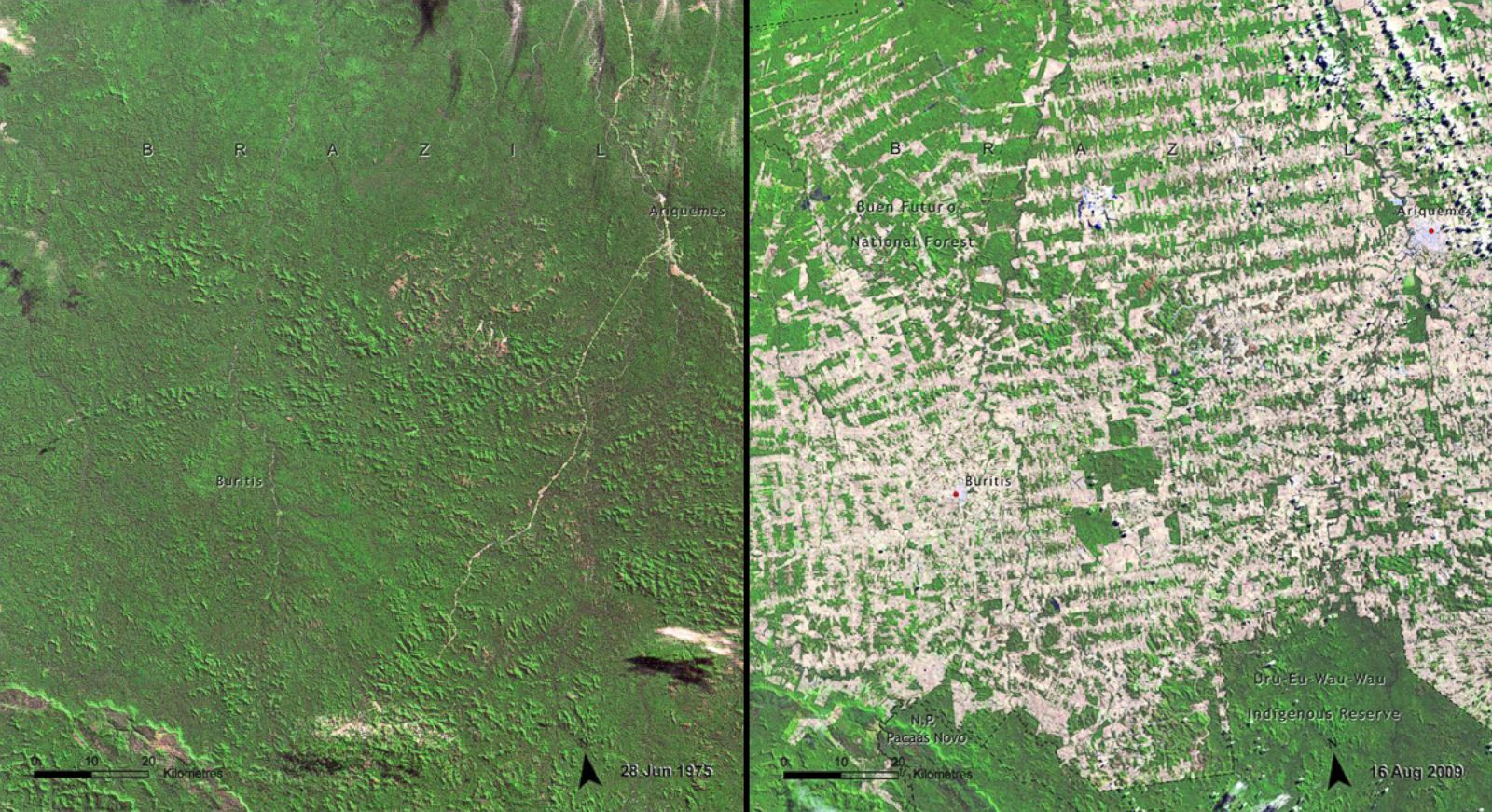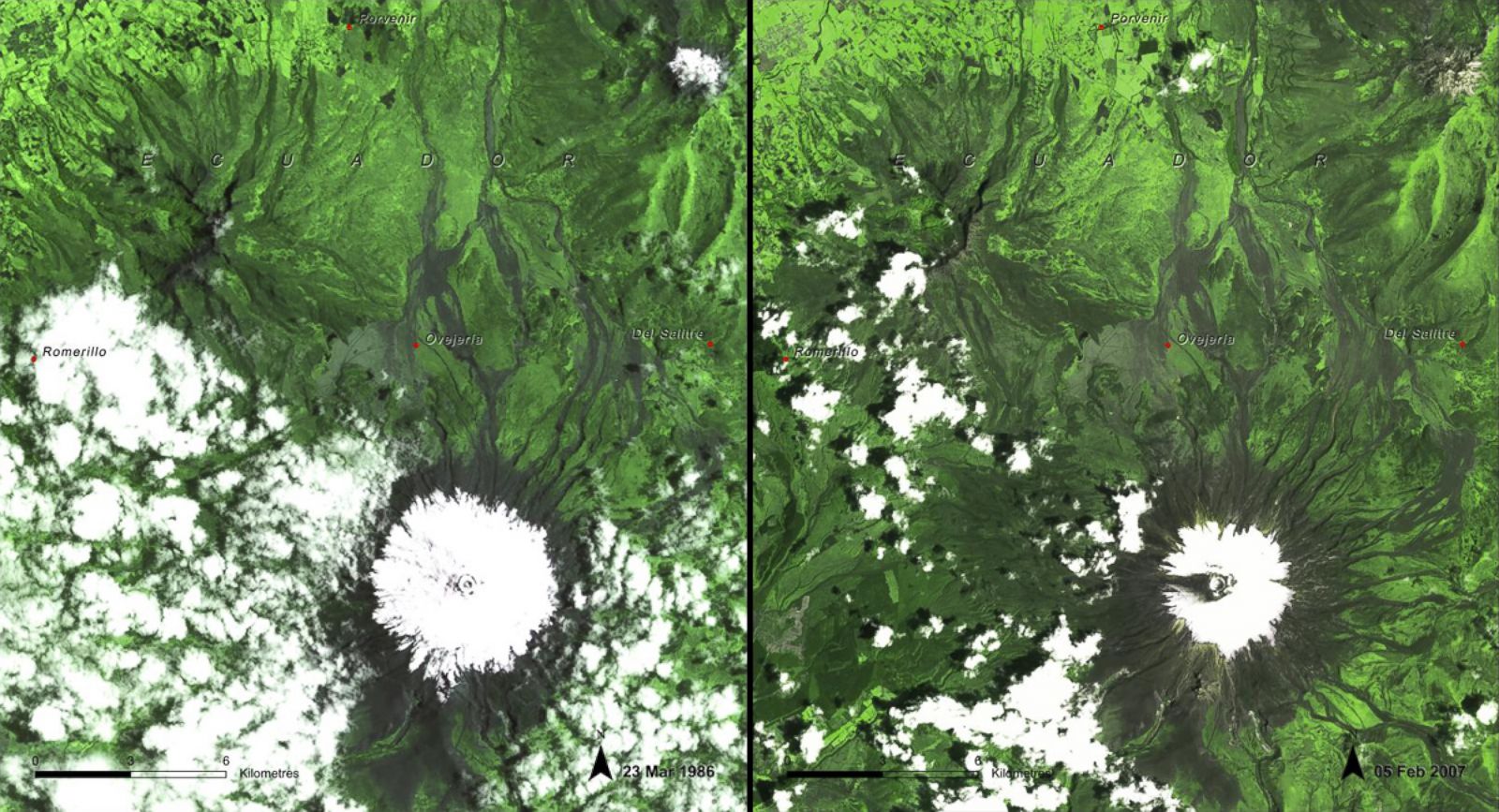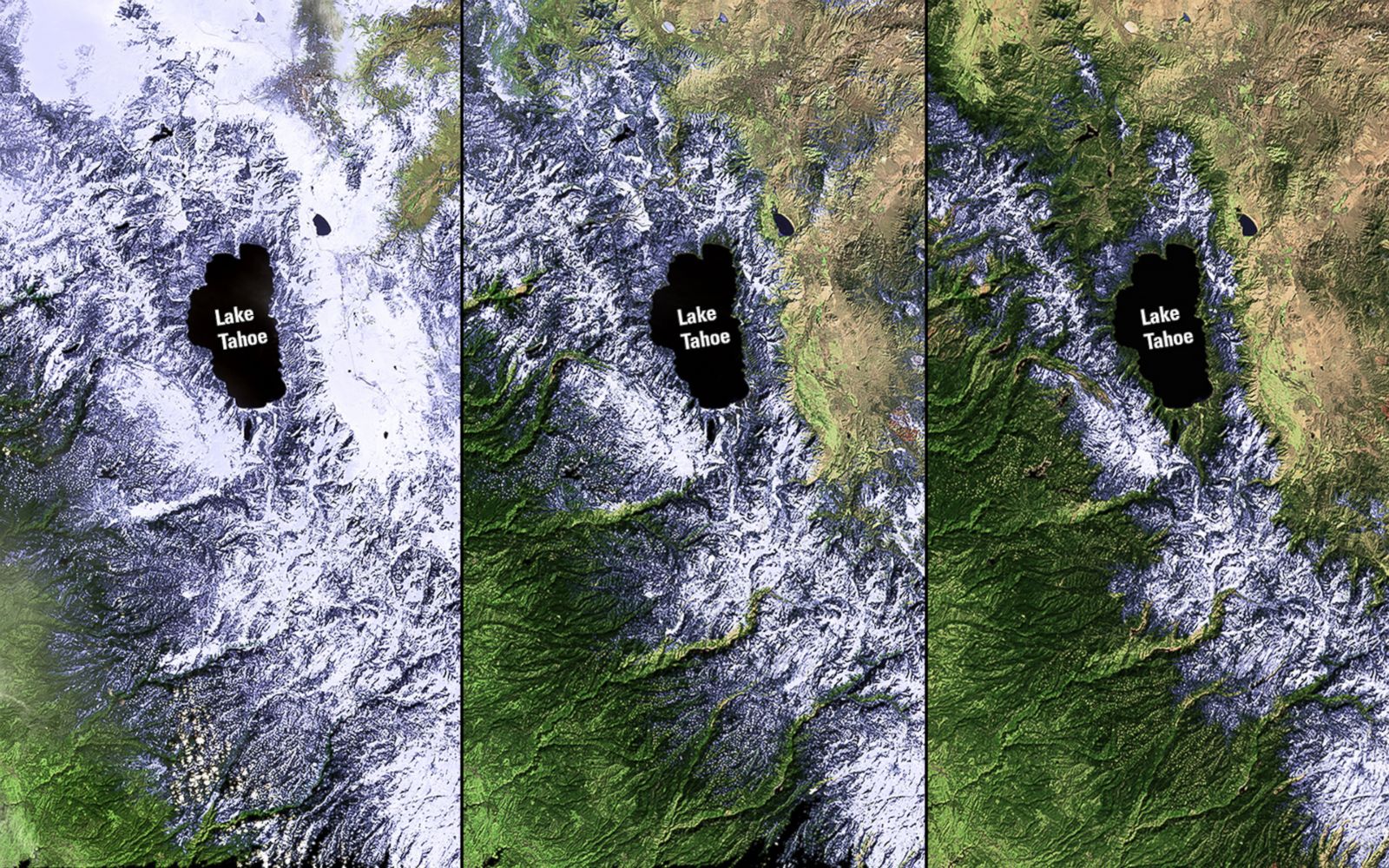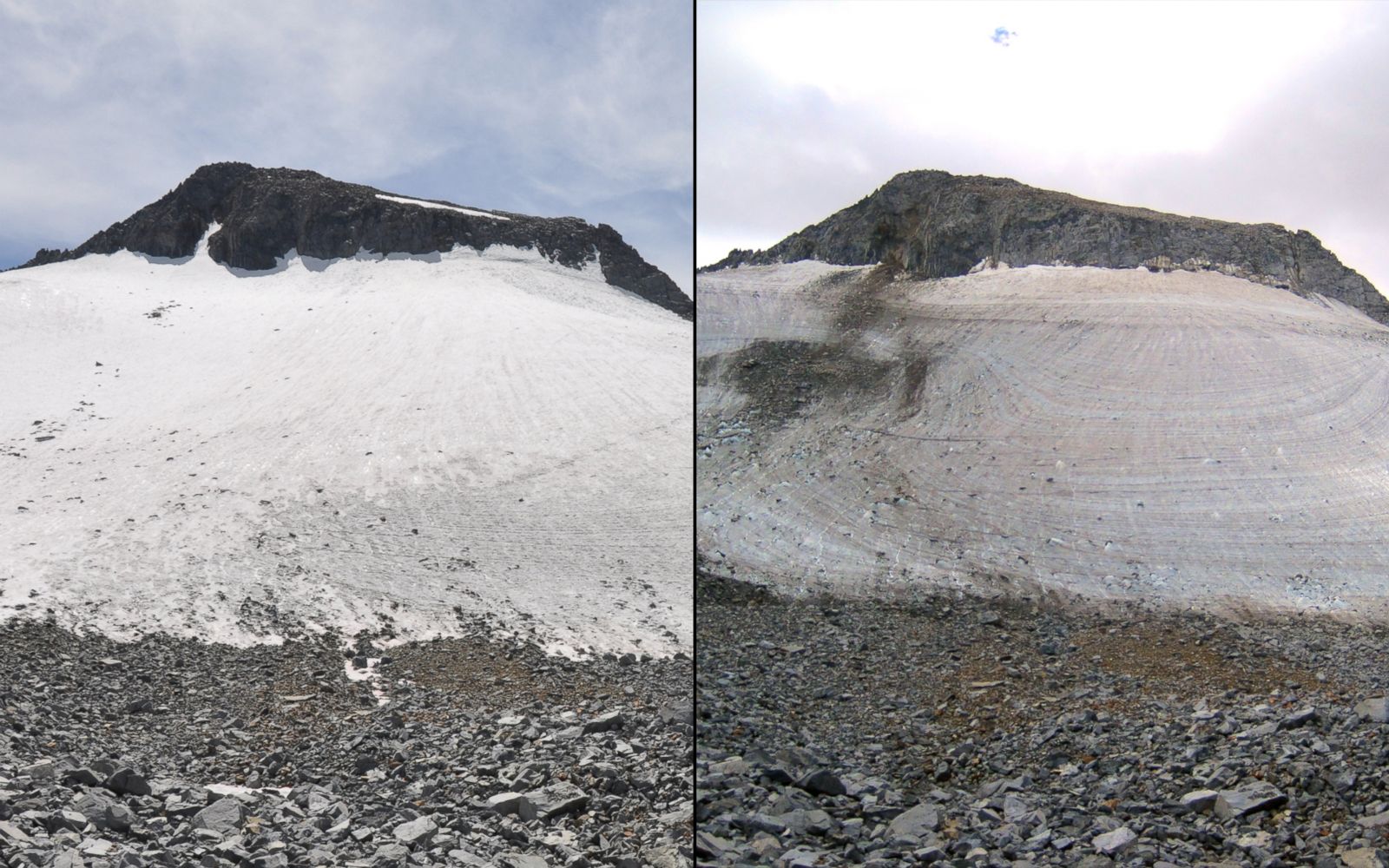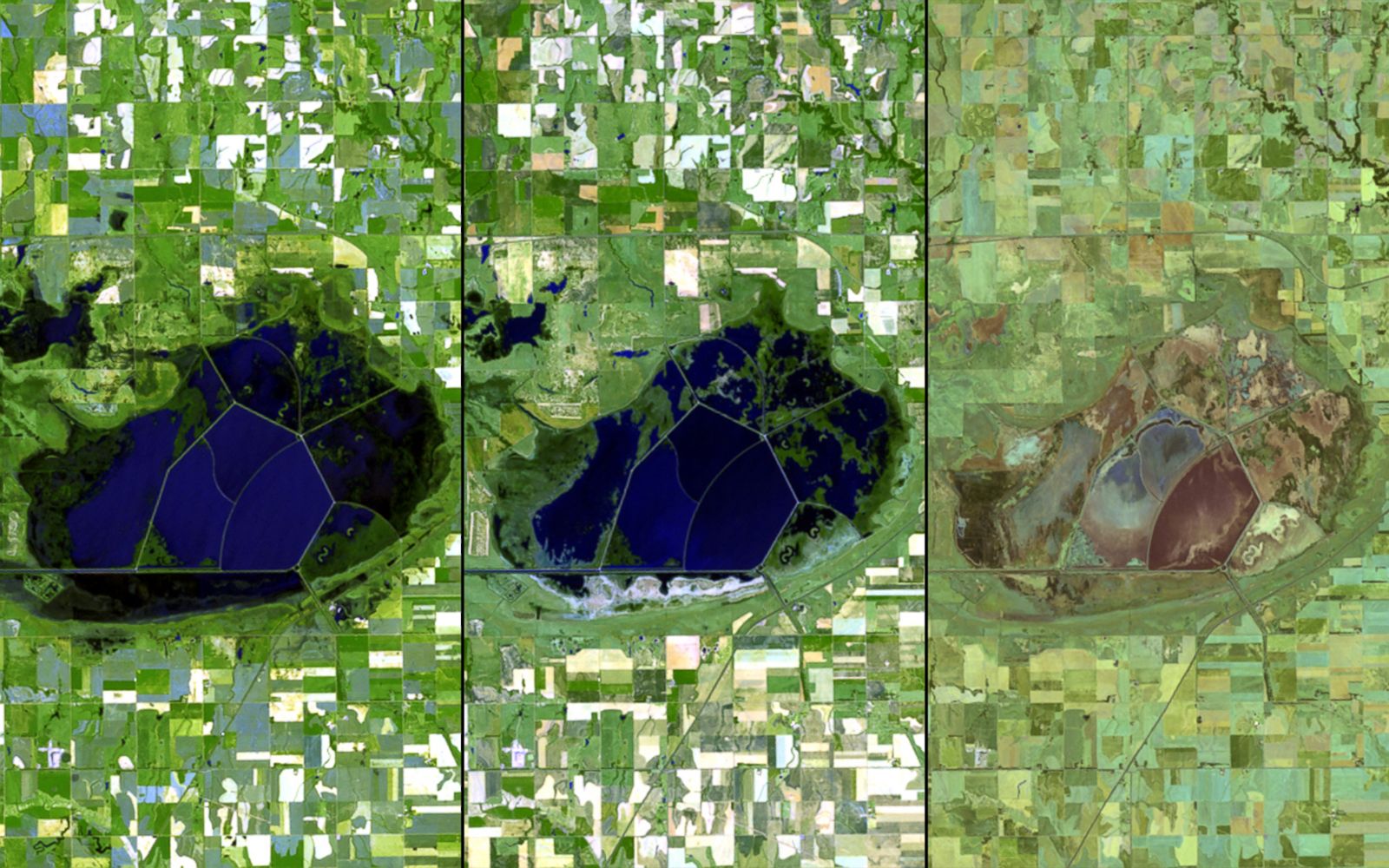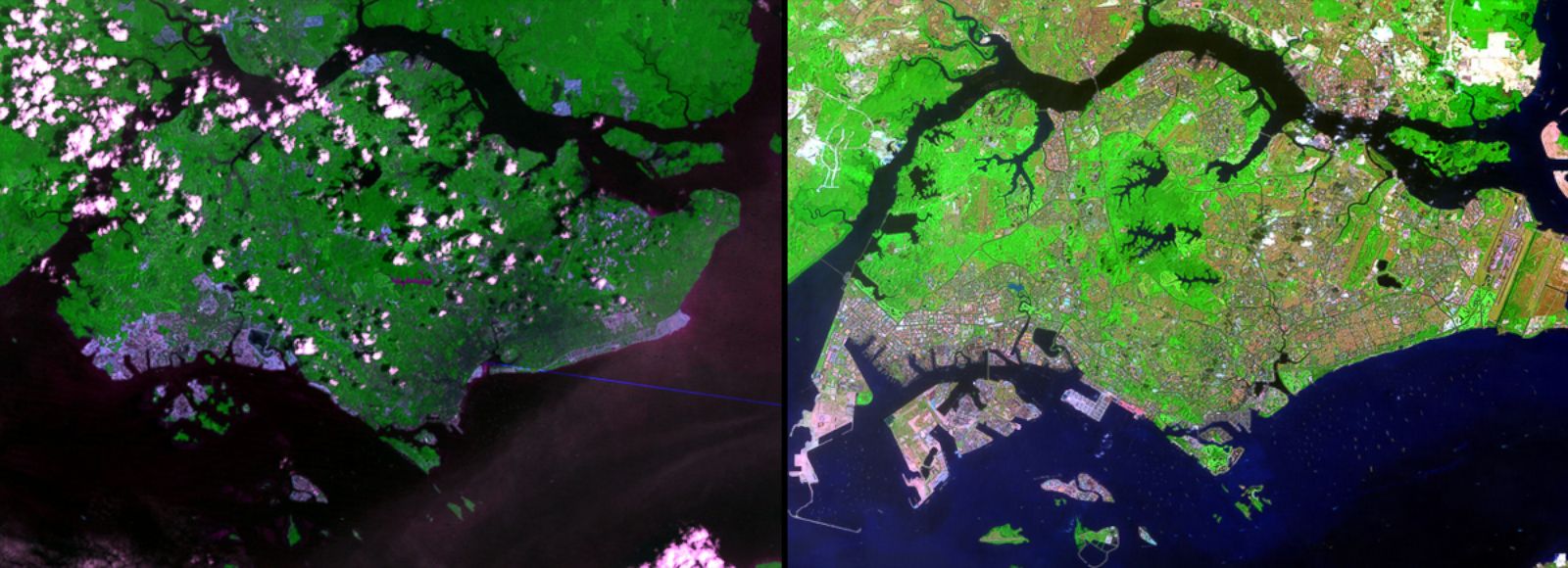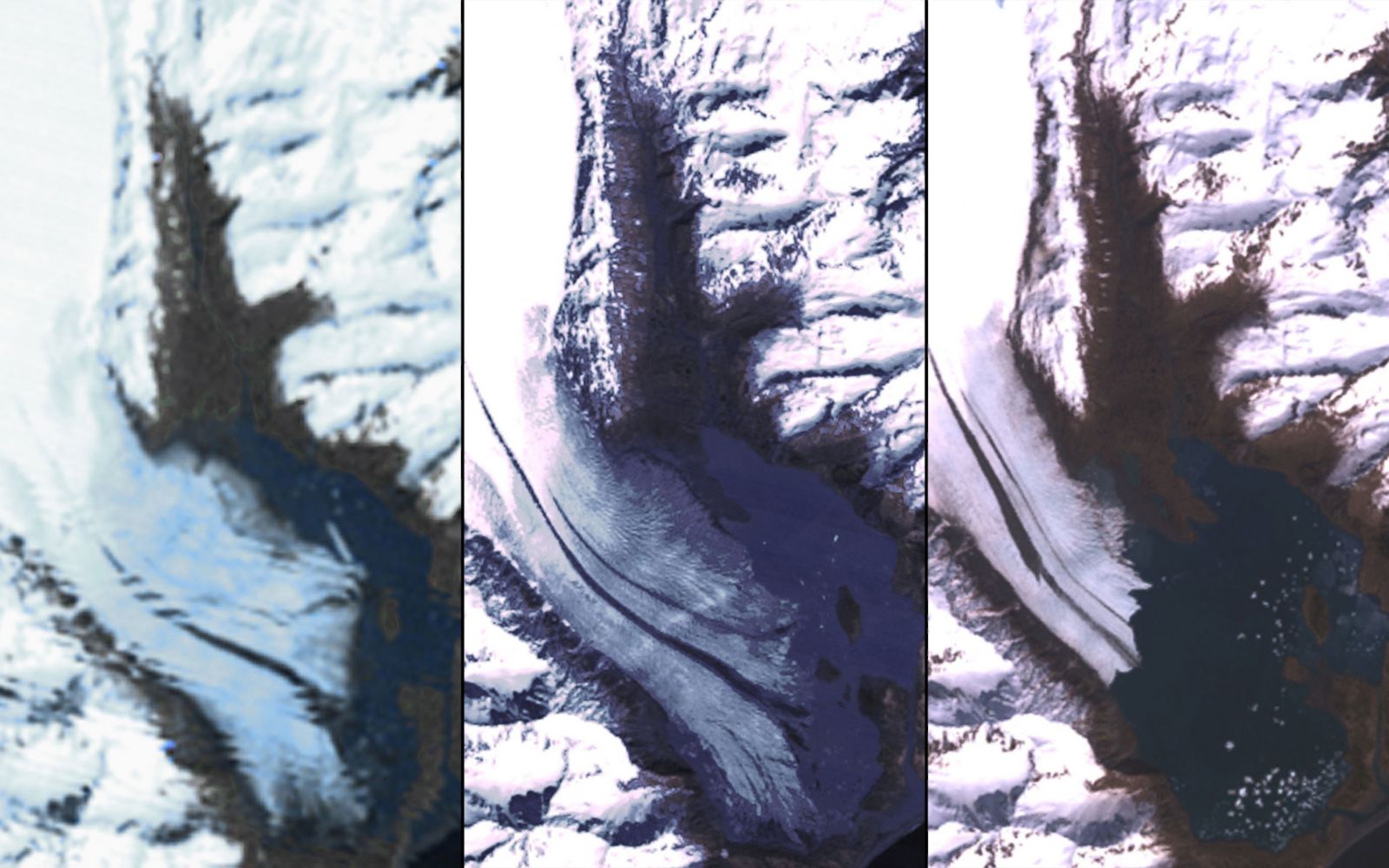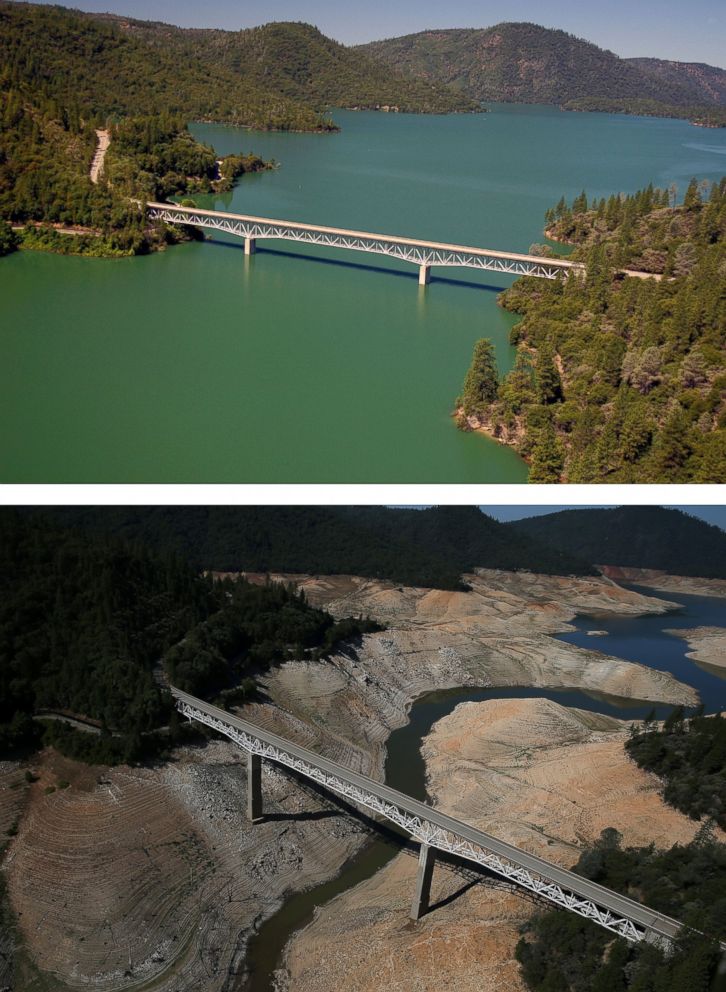The Changing the Face of the Earth
1 of 15
Lake Powell is seen March 25, 2009, left, and May 13, 2014. Prolonged drought coupled with water usage have caused a dramatic drop in Lake Powell's water level. These images show the northern part of the lake, which is actually a deep, narrow, meandering reservoir that extends from Arizona upstream into southern Utah. The 1999 image shows water levels near full capacity. By May 2014, the lake had dropped to 42 percent of capacity.
